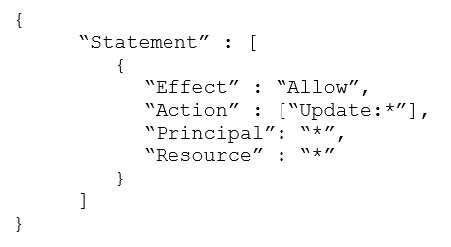Which solution will meet these business requirements at the LOWEST cost?
A. Deploy an Amazon Aurora DB cluster and take snapshots of the cluster every 5 minutes. Once a snapshot is complete, copy the snapshot to a secondary Region to serve as a backup in the event of a failure.
B. Deploy an Amazon RDS instance with a cross-Region read replica in a secondary Region. In the event of a failure, promote the read replica to become the primary.
C. Deploy an Amazon Aurora DB cluster in the primary Region and another in a secondary Region. Use AWS DMS to keep the secondary Region in sync.
D. Deploy an Amazon RDS instance with a read replica in the same Region. In the event of a failure, promote the read replica to become the primary.
